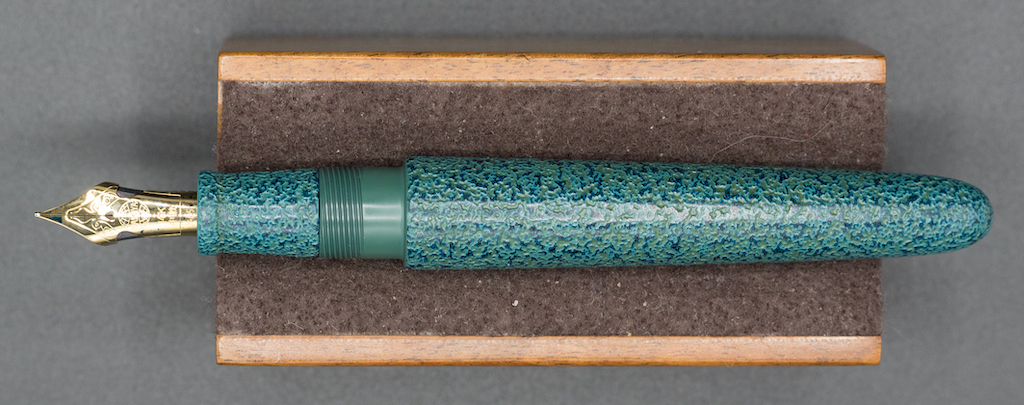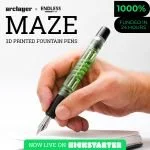Each week in Refill, the Pen Addict Members newsletter, I publish Ink Links as part of the additional content you receive for being a member. And each week, after 10 to 15 links, plus my added commentary on each, I'm left with many great items I want to share. Enter Misfill. Here are this weeks links:
— Snake charmer: the Montblanc Rouge et Noir (UK fountain pens)
— Ink Review #545: Montblanc William Shakespeare (Mountain of Ink)
— A Year of Wonder and Pens (Wonder Pens)
— Chinese Pen News You Need to Know Dec. 2018 (FrankUnderwater)
— Sailor Zoom Nib Modified to Architect Grind (Gourmet Pens)
— Watch the Painstaking and Nerve-Racking Process of Restoring a Drawing by Michelangelo (Open Culture)
— Review: Akkerman Binnenof Blues (Comfortable Shoes Studio)
— Bungubox Melancholic Gray (Wondernaut)
— Ink Review: Robert Oster Smokescreen (The Well-Appointed Desk)
— Jacques Herbin: Bleu austral (Bijou3owl Blogs)
— A View From the Easel (Hyperallergic)
— Pen Review: Pilot Capless Decimo (The Gentleman Stationer)
— Review: De Atraments Li Yu (Alt. Haven)
— Katherine’s 2018 New Maker Recap (Hand Over That Pen)
— Opus 88 Picnic Fountain Pen Review (The Clicky Post)
— More Parker Jotters (My Supply Room)
— Lamy Scala – Glacier Edition (dapprman)
Want to catch the rest, plus extra articles, reviews, commentary, discounts, and more? Try out a Pen Addict Membership for only $5 per month!






















